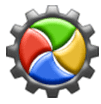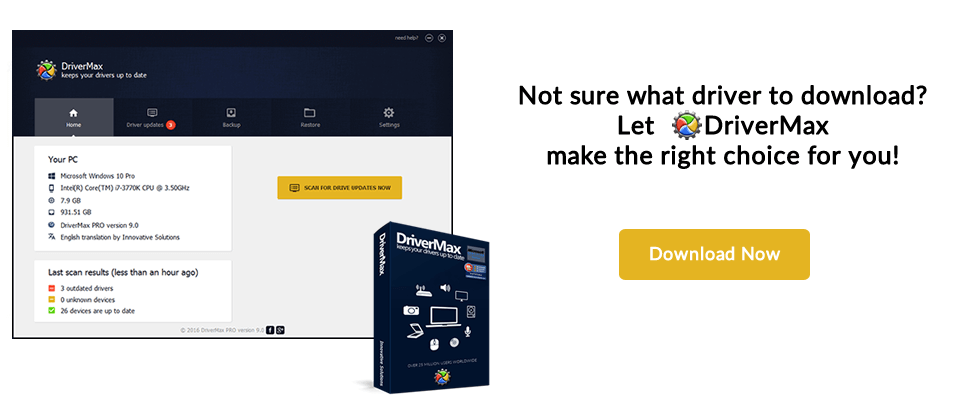
Advertising seems to be blocked by your browser.
The ads help us provide this software and web site to you for free.
Please support our project by allowing our site to show ads.
MEDIA - BASIC Compatible Computer Devices
Description extracted from Wikipedia:
| Initial release | 1964|5|1 |
BASIC ('''Beginners' All-purpose Symbolic Instruction Code''') is a family of general-purpose, high-level programming languages whose design philosophy emphasizes ease of use. The original version was designed by John G. Kemeny and Thomas E. Kurtz and released at Dartmouth College in 1964. They wanted to enable students in fields other than science and mathematics to use computers. At the time, nearly all use of computers required writing custom software, which was something only scientists and mathematicians tended to learn. In addition to the language itself, Kemeny and Kurtz developed the Dartmouth Time Sharing System (DTSS), which allowed multiple users to edit and run BASIC programs at the same time. This general model became very popular on minicomputer systems like the PDP-11 and Data General Nova in the late 1960s and early 1970s. Hewlett-Packard produced an entire computer line for this method of operation, introducing the HP2000 series in the late 1960s and continuing sales into the 1980s. Many early video games trace their history to one of these versions of BASIC. The emergence of early microcomputers in the mid-1970s led to the development of a number of BASIC dialects, including Microsoft BASIC in 1975. Due to the tiny main memory available on these machines, often 4 kB, a variety of Tiny BASIC dialects was also created. BASIC was available for almost any system of the era, and naturally became the de facto programming language for the home computer systems that emerged in the late 1970s. These machines almost always had a BASIC interpreter installed by default, often in the machine's firmware or sometimes on a ROM cartridge. BASIC fell from use during the later 1980s as newer machines with far greater capabilities came to market and other programming languages (such as Pascal and C) became tenable. In 1991, Microsoft released Visual Basic, combining a greatly updated version of BASIC with a visual forms builder. This reignited use of the language and "VB" remains a major programming language in the form of VB.NET.

Advertising seems to be blocked by your browser.
The ads help us provide this software and web site to you for free.
Please support our project by allowing our site to show ads.


